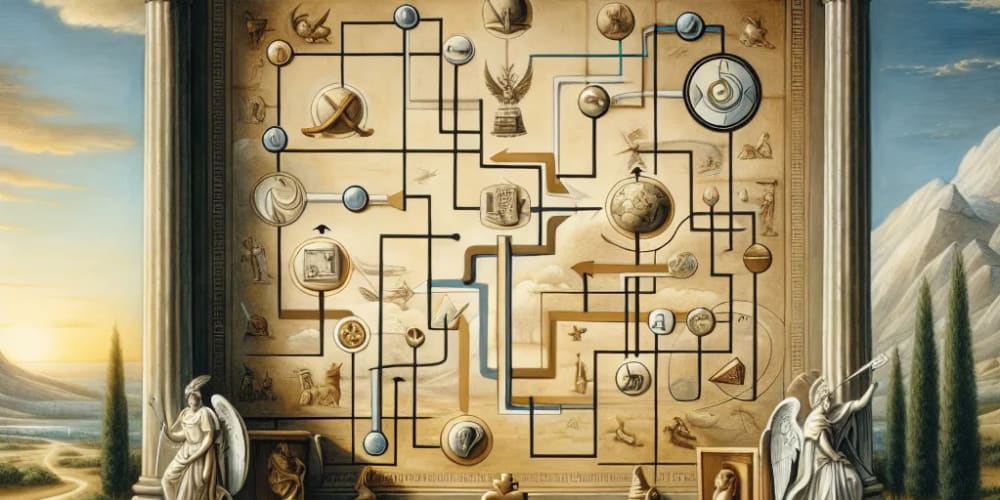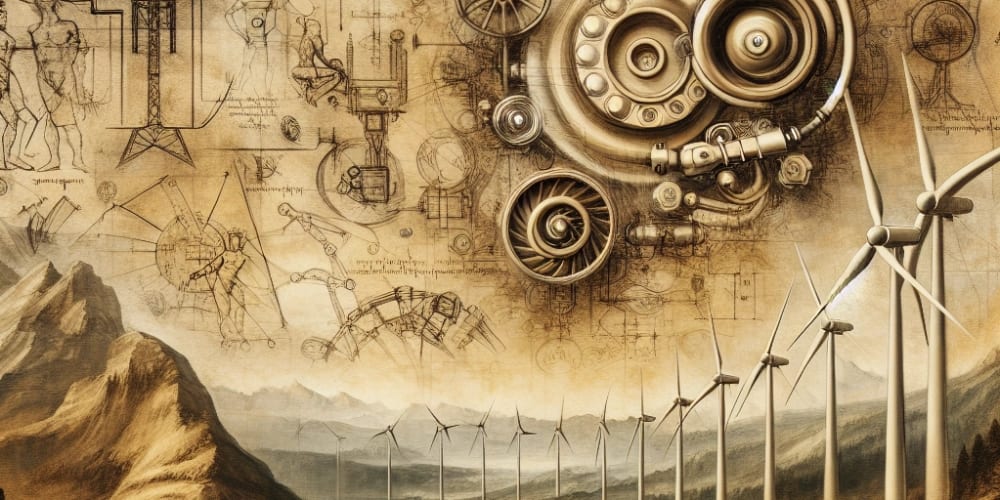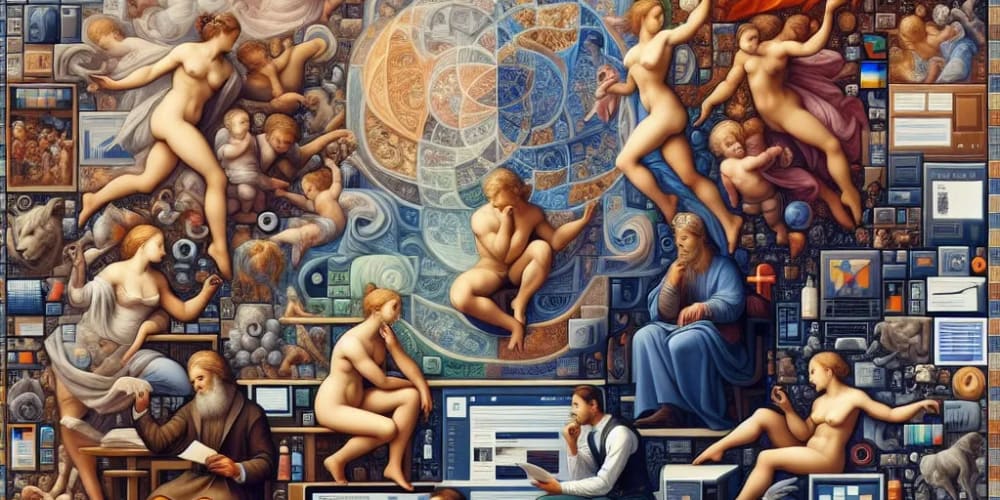This is a Plain English Papers summary of a research paper called MarkLLM: An Open-Source Toolkit for LLM Watermarking. If you like these kinds of analysis, you should subscribe to the AImodels.fyi newsletter or follow me on Twitter.
Overview
- This paper introduces MarkLLM, an open-source toolkit for watermarking large language models (LLMs)
- Watermarking helps identify the origin and provenance of LLM-generated content, which is important for tracking model misuse and ensuring accountability
- MarkLLM provides a flexible and customizable framework for embedding watermarks in LLM outputs, along with tools for detecting and extracting those watermarks
Plain English Explanation
MarkLLM: An Open-Source Toolkit for LLM Watermarking is a research project that tackles the challenge of identifying the source of text generated by large language models (LLMs). These powerful AI systems can be used to produce human-like text on a wide range of topics, but there's a risk that the generated content could be misused or shared without proper attribution.
To address this, the researchers developed MarkLLM, a toolkit that allows LLM developers to embed invisible "watermarks" into the text generated by their models. These watermarks act like digital signatures, making it possible to trace the origin of the text back to the specific model that produced it.
The watermarks are designed to be robust and difficult to remove, so even if someone tries to pass off the generated text as their own, the watermark can be detected. This helps ensure accountability and transparency around the use of LLMs, which is important as these technologies become more widely adopted.
MarkLLM provides a flexible framework that LLM developers can use to customize the watermarking process to their specific needs. It includes tools for embedding the watermarks, as well as for detecting and extracting them from the generated text. This makes it easier for researchers, companies, and other stakeholders to monitor and track the use of LLM-generated content.
Technical Explanation
MarkLLM: An Open-Source Toolkit for LLM Watermarking presents a comprehensive framework for watermarking the outputs of large language models (LLMs). Watermarking is a technique that allows the origin and provenance of generated text to be identified, which is crucial for ensuring accountability and traceability in the use of these powerful AI systems.
The paper introduces a set of techniques for embedding watermarks into the language model's outputs in a robust and efficient manner. These watermarks are designed to be invisible to human readers but can be reliably detected and extracted, even if the generated text has been modified or manipulated. The watermarking process is also customizable, allowing LLM developers to tailor the watermarks to their specific needs and use cases.
The researchers evaluate the effectiveness of their watermarking approach through a series of experiments, testing the robustness of the watermarks against common attacks such as text editing, paraphrasing, and translation. They also demonstrate the efficiency of the watermarking process, showing that it can be applied to LLM outputs without significantly impacting the model's performance or the quality of the generated text.
In addition to the technical details of the watermarking framework, the paper also discusses the broader implications of this work, including the importance of transparency and accountability in the use of large language models, and the potential for watermarking to be used as a tool for tracing and mitigating model misuse.
Critical Analysis
The MarkLLM paper presents a robust and flexible framework for watermarking the outputs of large language models, which is an important step towards ensuring the responsible and accountable use of these powerful AI systems.
One potential limitation of the research is that it focuses primarily on evaluating the technical performance of the watermarking approach, without delving deeply into the broader social and ethical implications of this technology. While the paper acknowledges the importance of transparency and accountability, it doesn't fully explore the potential risks or unintended consequences of widespread watermarking of LLM outputs.
For example, the researchers don't discuss how watermarking might impact user privacy, or how it could be used to suppress or censor certain types of content. There's also a question of how watermarking might influence the behavior of LLM users, and whether it could lead to a chilling effect on creative expression or open discourse.
Additionally, the paper doesn't address the potential for watermarking to be used as a tool for surveillance or control, or how it might interact with other emerging technologies like content moderation and deepfake detection.
Overall, while the MarkLLM research represents an important technical contribution, there's a need for a more holistic examination of the societal implications of this technology. As LLMs become more widely adopted, it will be crucial to consider not just the technical capabilities of watermarking, but also its potential impacts on individual rights, democratic processes, and the broader ecosystem of AI-powered communication and information sharing.
Conclusion
MarkLLM: An Open-Source Toolkit for LLM Watermarking introduces a robust and flexible framework for embedding watermarks into the outputs of large language models. These watermarks allow the origin and provenance of LLM-generated content to be reliably identified, which is crucial for ensuring accountability and transparency in the use of these powerful AI systems.
The researchers have developed a range of techniques for embedding watermarks in a way that is both efficient and resistant to common attacks, such as text editing and paraphrasing. They have also provided an open-source toolkit that LLM developers can use to customize and implement the watermarking process to suit their specific needs.
While the technical innovations presented in this paper are significant, it's important to also consider the broader societal implications of watermarking technology. As MarkLLM and similar approaches become more widely adopted, there will be a need to carefully examine how they might impact user privacy, creative expression, and the overall ecosystem of AI-powered communication and information sharing.
Overall, the MarkLLM research represents an important step forward in the quest to ensure the responsible and accountable use of large language models. As these technologies continue to evolve, it will be crucial for the research community, policymakers, and the public to engage in an ongoing dialogue about the ethical and social implications of these powerful AI systems.
If you enjoyed this summary, consider subscribing to the AImodels.fyi newsletter or following me on Twitter for more AI and machine learning content.



















